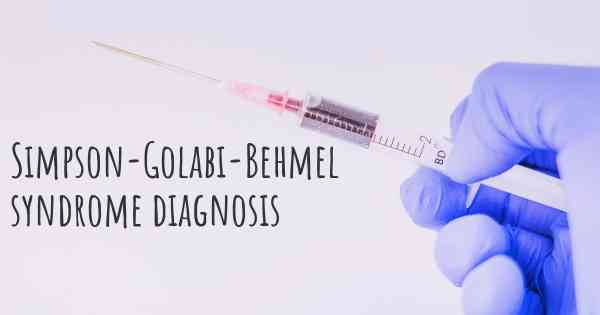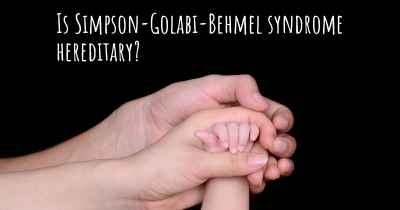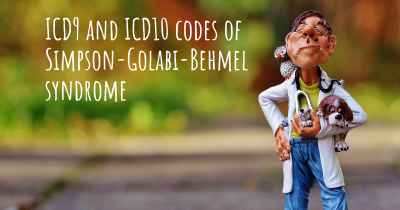How is Simpson-Golabi-Behmel syndrome diagnosed?
See how Simpson-Golabi-Behmel syndrome is diagnosed. Which specialists are essential to meet, what tests are needed and other useful information for the diagnosis of Simpson-Golabi-Behmel syndrome

Simpson-Golabi-Behmel syndrome (SGBS) is a rare genetic disorder that primarily affects males. It is characterized by overgrowth, distinctive facial features, and various other abnormalities. Diagnosing SGBS involves a comprehensive evaluation of clinical features, physical examination, and genetic testing.
Physical Examination:
During the physical examination, a healthcare professional will carefully assess the individual's overall growth pattern, facial characteristics, and any other physical abnormalities that may be present. Some common physical features associated with SGBS include:
- Macrosomia: Excessive prenatal and postnatal growth leading to large body size.
- Craniofacial abnormalities: These may include a prominent forehead, widely spaced eyes, hypertelorism (increased distance between the eyes), broad nasal bridge, anteverted nares (upturned nostrils), and a large mouth with thick lips.
- Skeletal abnormalities: These can involve extra fingers or toes (polydactyly), joint abnormalities, and vertebral anomalies.
- Visceral abnormalities: Some individuals with SGBS may have enlarged organs, such as the liver, spleen, or kidneys.
Genetic Testing:
Genetic testing plays a crucial role in confirming the diagnosis of Simpson-Golabi-Behmel syndrome. The most common genetic cause of SGBS is a mutation in the GPC3 gene located on the X chromosome. This gene provides instructions for producing a protein involved in regulating cell growth and division. Mutations in the GPC3 gene disrupt the normal function of this protein, leading to the characteristic features of SGBS.
There are two main types of genetic testing used for diagnosing SGBS:
- Sequence analysis: This test involves examining the DNA sequence of the GPC3 gene to identify specific mutations or alterations. It can detect both small changes (point mutations) and larger structural changes in the gene.
- Deletion/duplication analysis: This test aims to identify larger deletions or duplications of genetic material within the GPC3 gene. These types of genetic alterations can also lead to the development of SGBS.
Genetic testing is typically performed using a blood sample or other tissue samples from the individual being evaluated. The samples are sent to a specialized laboratory where the DNA is extracted and analyzed. The results of the genetic testing can confirm the presence of a GPC3 gene mutation, providing a definitive diagnosis of Simpson-Golabi-Behmel syndrome.
Additional Evaluations:
In addition to physical examination and genetic testing, further evaluations may be conducted to assess the extent of organ involvement and potential complications associated with SGBS. These may include:
- Cardiac evaluation: Echocardiography or other cardiac imaging techniques may be used to evaluate the structure and function of the heart.
- Abdominal ultrasound: This imaging test can help assess the size and condition of abdominal organs, such as the liver and kidneys.
- Radiographic studies: X-rays or other imaging studies may be performed to evaluate skeletal abnormalities or vertebral anomalies.
- Hearing evaluation: Some individuals with SGBS may experience hearing loss, so a hearing assessment may be recommended.
It is important to note that the diagnosis of Simpson-Golabi-Behmel syndrome should be made by a qualified healthcare professional or geneticist with expertise in genetic disorders. The combination of clinical evaluation, physical examination, and genetic testing is crucial for an accurate diagnosis and appropriate management of the condition.








